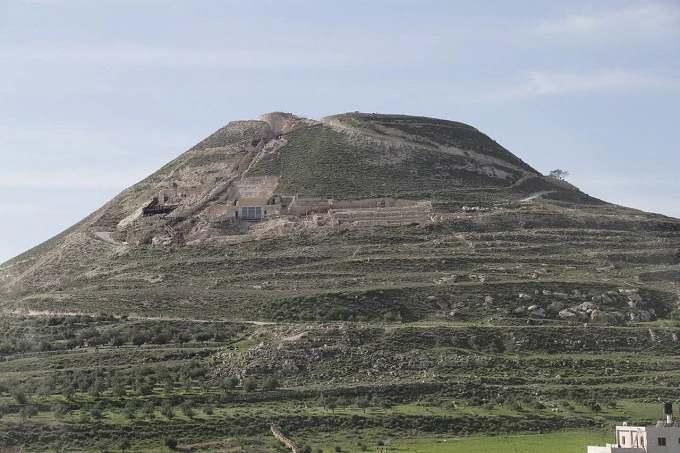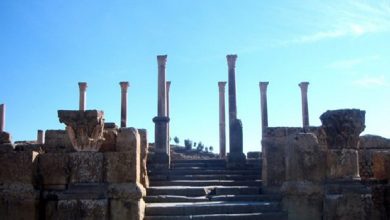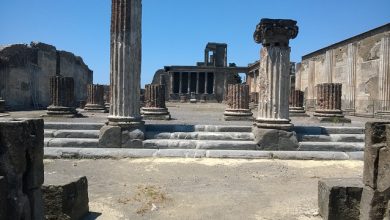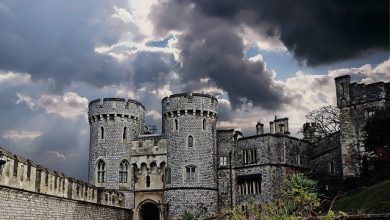Archaeological discoveries linked to the Jewish king Herod

For close to a quarter of a century, researchers from Israel have been scouring the land in search of archaeological artifacts that could be connected to the name of Herod, the cruelest Jewish monarch. The announcement made by archaeologists that they had, at long last, discovered the tomb of Herod caused quite a commotion.
An incredible man-made hill can be found in the neighborhood of Hebron. At various times throughout history, this hill has served as a repository for a great deal of historical secrets. The mysterious remains of the Byzantine monastery and the royal palace, which seem to have been sunken into the top of the hill, have been drawing hundreds of archaeologists every year for many years due to the fact that they are so hard to access. These monuments are the physical manifestation of King Herod the Great’s incredible fantasies, which the well-known evangelist Matthew is said to have linked to the commission of heinous crimes.
King Herod was a true architectural genius who designed and constructed some incredible structures. Buildings of this kind were not constructed in Rome or the areas around it two thousand years ago. Even with today’s building techniques, recreating anything like this is quite unlikely. And the fact that Herod’s tomb ended up on the mound that he constructed is not at all surprising. Or, more accurately, even within the volcano itself, the crater of which his vacation residence had expanded inside. Finding the mystery tomb of this monarch required a significant investment of time and labor.

When Ehud Netzer, a prominent figure in the archaeological school of Israel, presented his find in the Senate hall, the room was immediately filled with cheers. In 1972, the search for the tomb of Judas started, but there was not a burial either at the base of the hill or on top of it. A niche in the wall turned out to be the location of a highly prized archaeological treasure that was hidden there. Archaeologists were able to retrieve pieces of an old sarcophagus composed of a red stone that is considered to be highly precious from that location.
It is likely that those individuals who had grudges against the monarch even after he had passed away were responsible for the destruction of the sarcophagus and the other components of the tomb. The structure seems to have been purposefully and enthusiastically brought down, judging by the shards of other fragments and chips. Bloody executions and murders were commonplace under King Herod’s reign, which lasted for a total of thirty-six years. Historians of today have not agreed on a single response to the issue of why precisely the cruel monarch was responsible for the deaths of innocent people.
He was responsible for the deaths of his own son Antipas, in addition to more than forty members of the Sanhedrin and his wife Mariamne II. Before he passed away, the king lost his mind and, while he was still alive and in the process of decaying, issued a proclamation ordering the execution of hundreds of members of prominent Jewish households. He did this so that every home would be in a state of grief. This monarch was reviled to such an extreme degree that not even the hidden tomb that he constructed during his lifetime was able to protect his mortal bones.

An additional finding that was found was associated with the name Herod. In 2007, researchers unearthed an old quarry in the region around Jerusalem. The quarry dates back to the time of Herod the Great, when he was king. Because of the old pottery shards and coin bits that were discovered in this quarry, it was able to determine the time period in which the quarry was worked. Because of this fortunate accident, researchers were able to determine the location of the mines that still supplied the building materials for the Second Temple.




